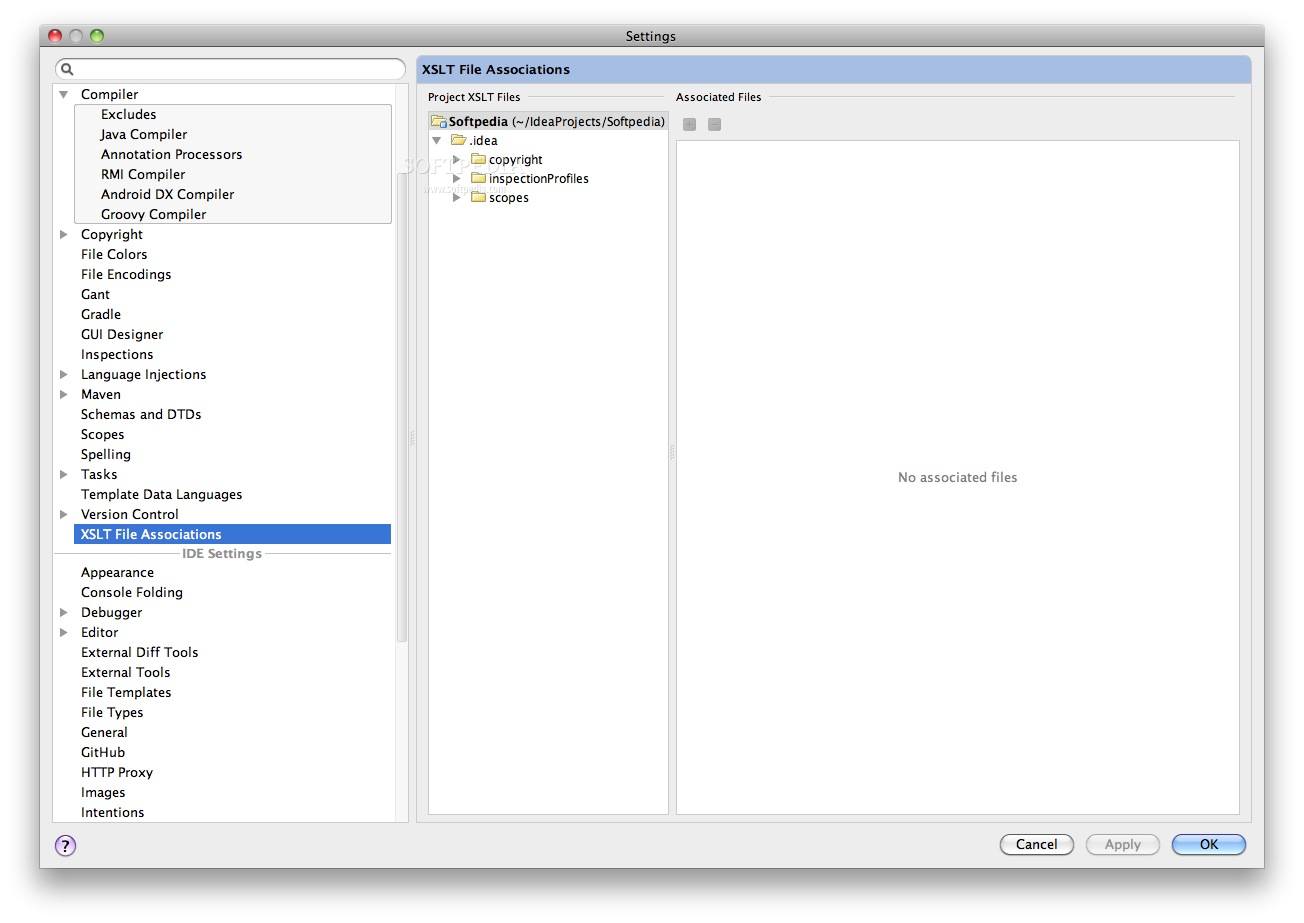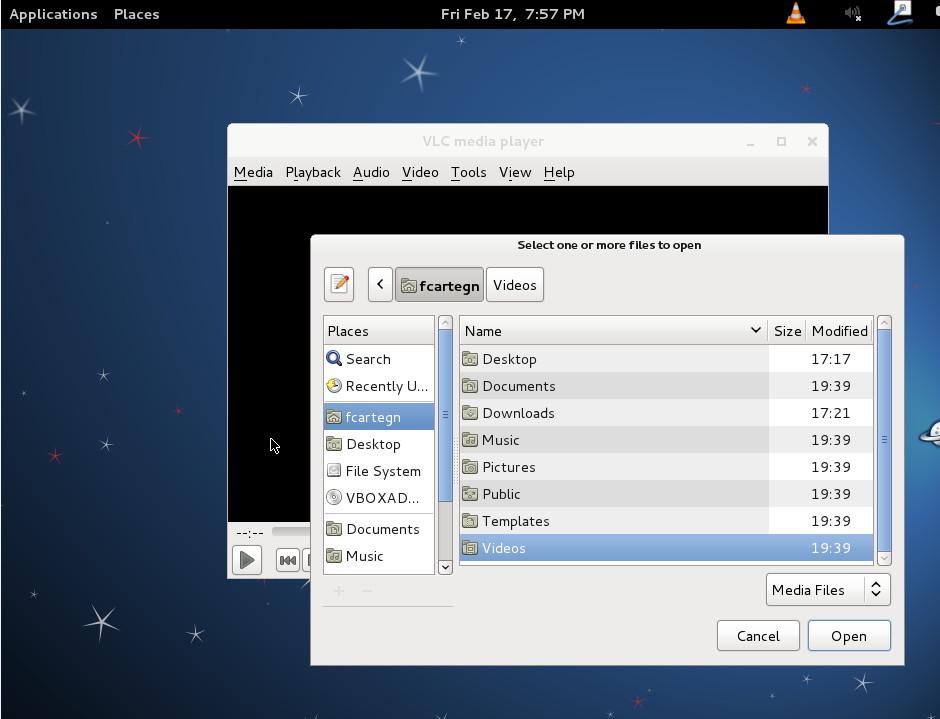

- #Download java for mac os x high sierra 10.13 install#
- #Download java for mac os x high sierra 10.13 download#
So it is always good to check the JAVA_HOME variable and ensure that it is set to a reasonable value, both for terminal execution and for effective use of Java development tools that may rely on it.Sweet Home 3D Forum Category: Help Forum: Installation Thread: Support for high sierra (10.13) look at JAVA_HOME or use the Maven toolchains plugin). export JAVA_HOME=`/usr/libexec/java_home -v 17`Īlso, some tools such as the openjfx maven plugin will not use the java version selected in Idea when executing a call to a JDK tool like jlink, but will instead have their own mechanism for finding a JDK to use (e.g. To select the version of the JDK to run in the terminal, configure the Java home setting as outlined in rzwitserloot's answer. This can sometimes mean that the app works when run in Idea, then fails when run in the terminal (or, at least that it is executed against a version of the JDK you didn't expect). One common issue is that the version of the JDK registered for the project differs from the default version used in the terminal.
#Download java for mac os x high sierra 10.13 install#
#Download java for mac os x high sierra 10.13 download#

This answer is specifically if you use Intellij on a Mac

No need for the Homebrew package manager. We are referring to the root Library folder that applies across all the user accounts on this Mac. We are not referring to /Users/your_user_name/Library/…. Note that this is not the Library folder within your home folder. In the Finder, choose Go > Go to Folder, and paste /Library/Java/JavaVirtualMachines/.

Let me know the steps to install Java on a Mac. Everything in /usr/bin is one of these wrapper thingies that looks at JAVA_HOME and then runs the binary it finds there. which javac to see what that actually runs you probably see /usr/bin/javac. There are wrappers for all the common commands ( javac, too). It uses JAVA_HOME to decide which java to actually run. JAVA_HOME decides which java is used by some things, but the java you get when you just type java is /usr/bin/java, and that executable is actually just a wrapper that picks a java to run from amongst all installed versions. The -v option is mostly for scripting, and that's how we're using it here). The -V option lists all and is meant for your eyeballs, not for scripts. here, assign it to the JAVA_HOME env var. (the backticks mean: Run this then take the output of it and treat that as the 'value' of the expression. To 'override', you can use something like (depends on which shell you're using on your mac): export JAVA_HOME=`/usr/libexec/java_home -v 17` To see all installed javas, you can run: /usr/libexec/java_home -V Also, yes, if you just run java without specifying which one you want, you so happen to get java13 here. the java8 to java9 transition broke a ton of stuff, much of it needless and much of it not reasonably expectable or fixable by libraries and apps, so a bunch of java apps and libraries only run on java8 - just an example). This is often required java is not backwards compatible (it tries to change little, but e.g. Java doesn't mind if you install multiple versions.


 0 kommentar(er)
0 kommentar(er)
